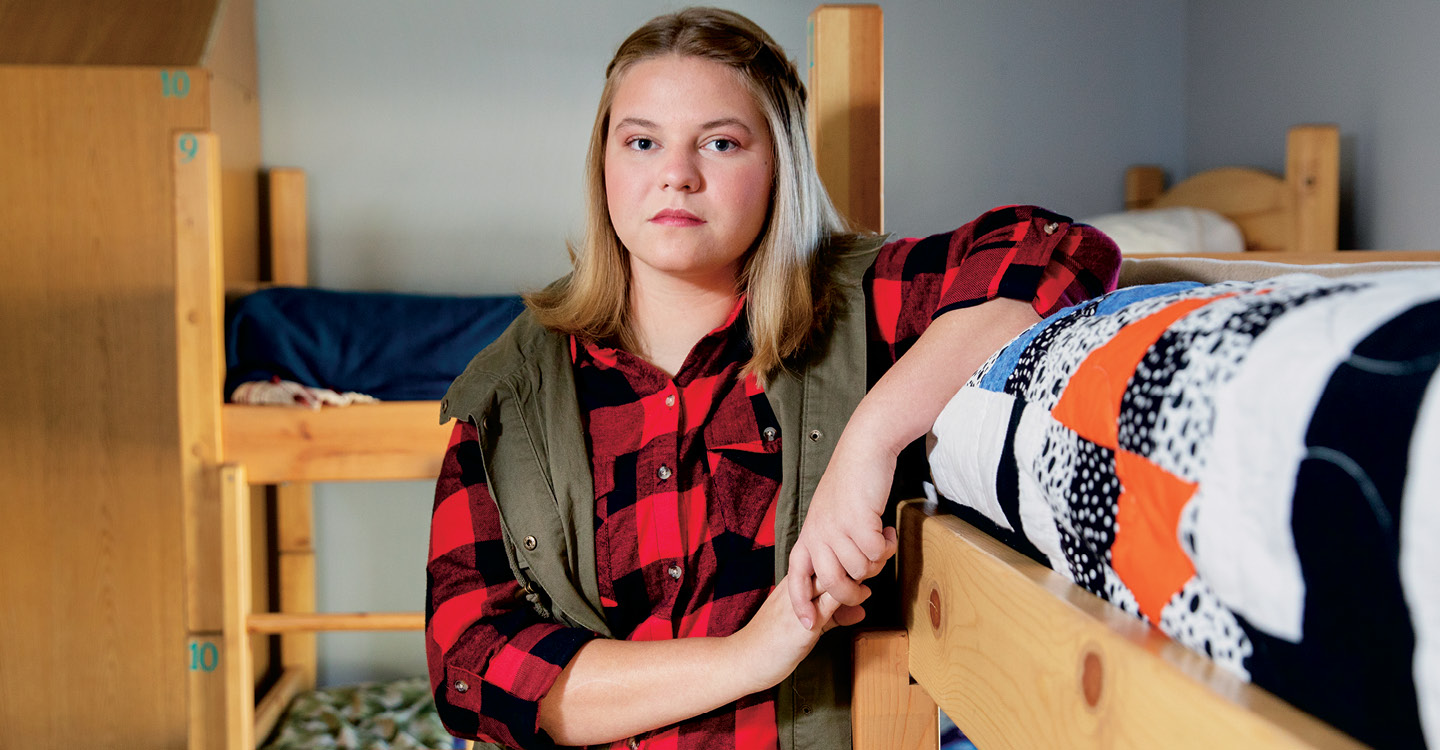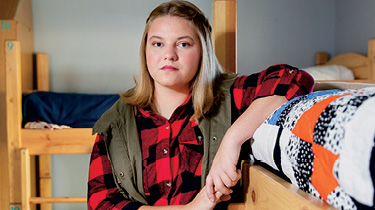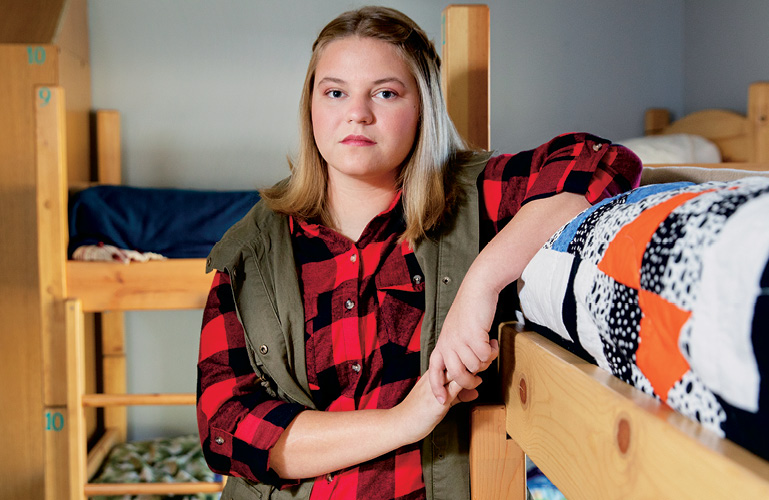The first night Han* slept in a homeless shelter, she cried into her pillow for hours. Then 17, Han had grown up in an abusive environment in Ogden, Utah. Her mother, she says, would often lash out at her—both physically and verbally. As a result, Han was in constant fear for her life.
With no family members able to take her in and nowhere else to turn, she eventually made the gut-wrenching decision to run away. She packed as much as she could fit into a backpack—some clothes, a toothbrush, and a comb—and set out for a nearby homeless shelter.
Looking back on her first night there, Han, now 18, recalls lying on a wooden bunk bed in a room with three other girls. At the time, she was overwhelmed by a combination of fear, sadness, and relief.
“I knew I was finally safe,” she says. “But at the same time, I felt like I’d just lost everything.”
Han was one of an estimated 700,000 American teens ages 13 to 17 who experience homelessness each year. In some cases, parents are homeless along with their children. But many teens are on the streets alone. Without a permanent home with their families, they’re forced to move from one friend’s house to another or to sleep in shelters, cars, or motels. Sometimes, they even have to sleep outside—in parks or alleys.
The first night Han slept in a homeless shelter, she cried into her pillow for hours. Then 17, Han had grown up in an abusive environment in Ogden, Utah. Her mother, she says, would often lash out at her. The abuse was both physical and verbal. As a result, Han was in constant fear for her life.
Han didn’t have any family members able to take her in or anywhere else to turn. That’s why she eventually made the gut-wrenching decision to run away. She packed as much as she could fit into a backpack, including some clothes, a toothbrush, and a comb. Then she set out for a nearby homeless shelter.
Han is now 18. Looking back on her first night there, she recalls lying on a wooden bunk bed in a room with three other girls. At the time, she was overwhelmed by a combination of fear, sadness, and relief.
“I knew I was finally safe,” she says. “But at the same time, I felt like I’d just lost everything.”
Han is one of an estimated 700,000 American teens ages 13 to 17 who experience homelessness each year. In some cases, parents are homeless along with their children. But many teens are on the streets alone. These teens don’t have a permanent home with their families. As a result, they’re forced to move from one friend’s house to another or to sleep in shelters, cars, or motels. Sometimes, they even have to sleep outside in parks or alleys.



